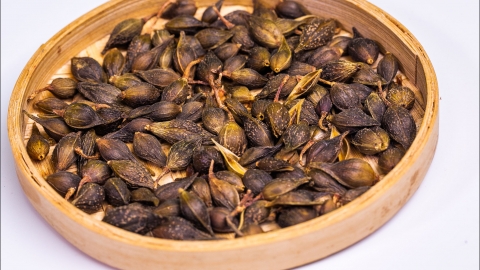Is purple forsythia the same as forsythia?
Generally speaking, purple forsythia (Ziqiao) is not the same as forsythia (Lianqiao). Although both names contain the word "翘," they are actually different plants. A detailed analysis is as follows:

Purple forsythia and forsythia both belong to the Oleaceae family, but they are not the same plant species. In terms of appearance, purple forsythia leaves usually have entire or slightly wavy margins, and its flowers are often pale purple or pinkish purple. Forsythia leaves have serrated edges, and their flowers are typically bright yellow. Regarding therapeutic effects, forsythia is mainly used for clearing heat, detoxifying, reducing swelling, and dispersing nodules, commonly employed in treating conditions caused by heat toxicity. Purple forsythia has a weaker effect on clearing heat and detoxifying and is more oriented toward promoting diuresis and relieving urinary difficulties, making it suitable for conditions such as dysuria caused by downward invasion of damp-heat. There are clear differences in their applications, so they should not be confused or used interchangeably.
When using purple forsythia, attention should be paid to confirming whether one's symptoms fall within its applicable range to avoid misuse due to misunderstanding of its effects. People with spleen-stomach deficiency cold or those prone to diarrhea should use it cautiously to prevent aggravating discomfort. When harvesting wild purple forsythia, accurate identification is essential to avoid mistakenly collecting toxic plants. If used for health regulation, it is advisable to first understand the specific methods and dosages. If gastrointestinal discomfort or other abnormal reactions occur after use, discontinue immediately and consult a professional if necessary.






